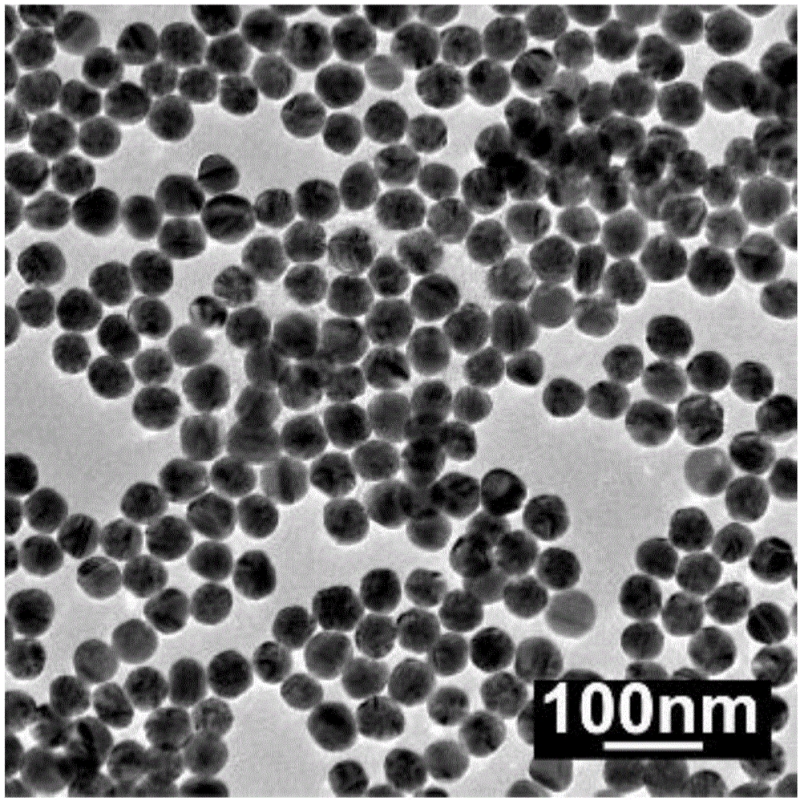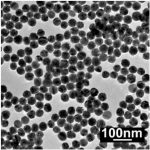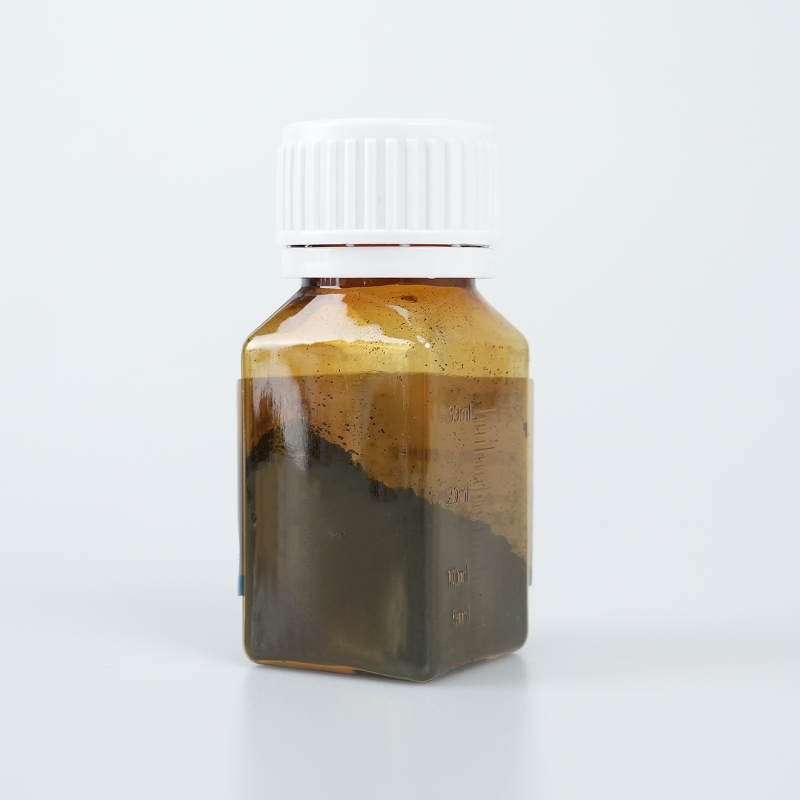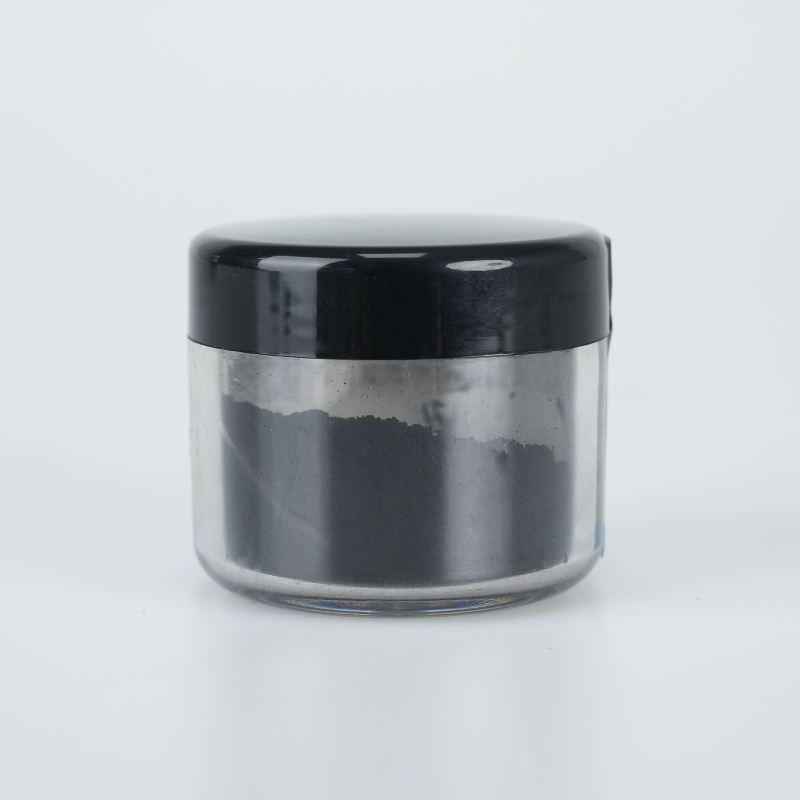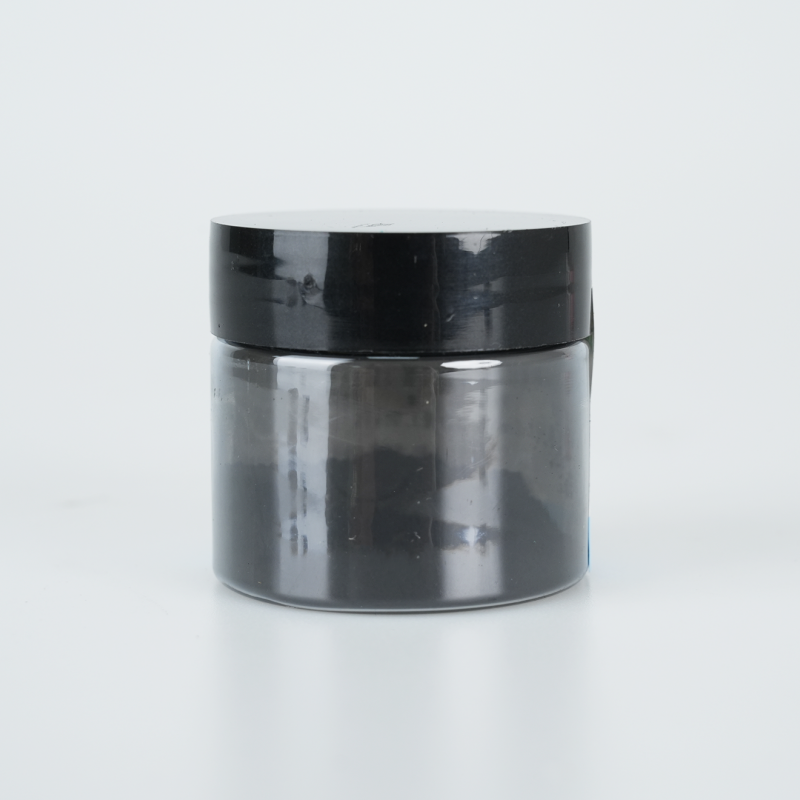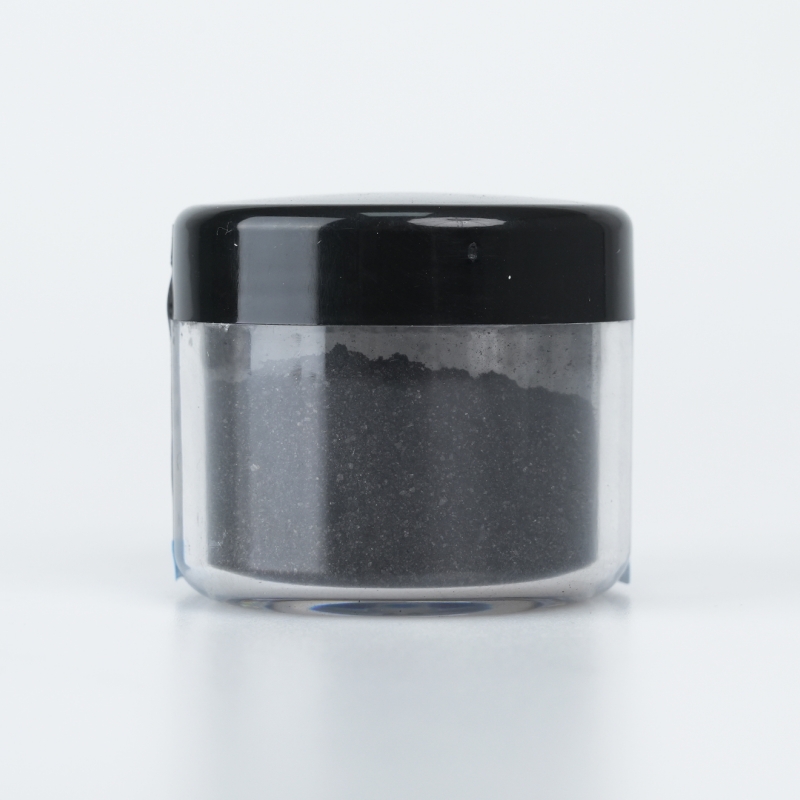PEI-modified silver nanoparticles provide optimized surface functionality, superior biocompatibility, and enhanced colloidal stability. Designed for advanced applications, they ensure efficient dispersion, extended durability, and high-performance adaptability.
Product Overview
PEI-modified silver nanoparticles are silver nanoparticles modified with polyethyleneimine (PEI), imparting a positive charge to their surface. This modification enhances both the biocompatibility and functionality of the nanoparticles. It grants the silver nanoparticles a range of unique properties, making them suitable for applications in drug delivery, gene transfer, and the development of antibacterial materials.
Key Features
- Hydrophilicity: The PEI modification gives the silver nanoparticles excellent hydrophilicity, improving their dispersion in water and enhancing their application in biomedical fields.
- Functionalized Surface: The cationic nature of PEI boosts the particles' ability to interact with cells, facilitating the delivery of drugs and genes.
- Customizability: The surface characteristics of the particles can be adjusted according to specific needs, optimizing their use in drug delivery systems.
- Antibacterial Properties: PEI modification enhances the antibacterial efficacy of the silver nanoparticles, providing strong antimicrobial activity.
- Optical Properties: The nanoparticles exhibit large absorption cross-sections and surface plasmon resonance, making them suitable for dark-field optical imaging and fluorescence enhancement applications.
Applications
- Drug Delivery and Gene Transfer: As carriers for drug and gene delivery, PEI-modified silver nanoparticles facilitate the protection, transport, and release of therapeutic agents.
- Biomolecule Detection and Tissue Engineering: Used in immunoassays, protein labeling, dark-field optical imaging, and the preparation of nanoparticle-based drugs for tissue engineering research.
- Efficient Antibacterial Materials: Applied in the creation of antibacterial materials, widely used in medical, healthcare, and sanitation fields to inhibit bacterial growth.
- Fluorescence Enhancement Substrates: Used as surface-enhanced Raman scattering (SERS) substrates to improve the signal strength and sensitivity of biomolecular detection.
| Item | Parameter |
| Concentration | 0.1 mg/mL |
| Solvent | Water |
| Particle Diameter | 20, 30, 40, 50, 60, 70, 80, 90, 100 nm (customizable) |
 new material
new material

